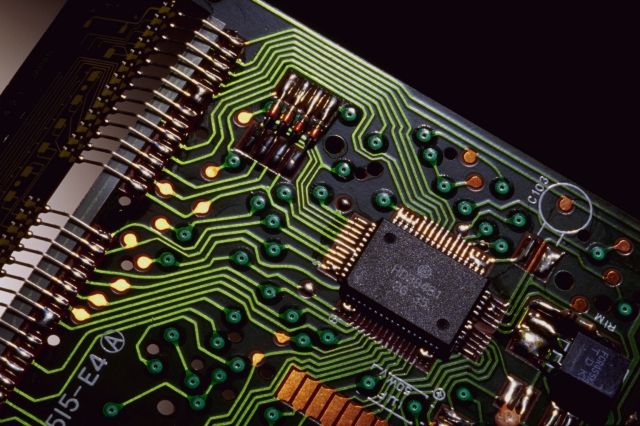
Maria Dumitrescu
July 4, 2010
Computer Memory Upgrade.
http://www.computermemoryupgrade.net/index1.html#ram
RAM (Random Access Memory) refers to the most basic form of memory that virtually any computer has. RAM is very important for the speed of a computer, because it temporarily stores information and instructions. It is also the first place that a computer’s CPU looks for information. If the information is found in the RAM, it is easily interpreted by the CPU. However, if it is not found, then the computer is forced to look up the information in additional storage devices before it is stored in RAM, such as the hard drive, and this can slow down a computer. Today, memory is an important consideration for computer users, and it ranges between 64MB for basic use to more than 256MB for more challenging applications. The different types of memory available are SDRAM (Synchronous DRAM), DDR (Double Data Rate SDRAM), and RDRAM (Rambus DRAM), the latter being available in either DIMMs or RIMMs. From these types, SDRAM, although the most common type of memory today, is slowly becoming outdated because of the newer and faster processors available.
How Stuff Works.
http://www.howstuffworks.com/ram.htm
RAM is a very common type of memory that stores data temporarily and in a random manner, unlike its opposite SAM, where data is stored and accessed in a certain order. The most ordinary type of memory is DRAM (Dynamic Random Access Memory). A DRAM memory chip is made of many transistors and capacitors, and the “memory cell” is its most basic form, representing only one bit of information. The capacitor holds the information while the transistors releases out the information, as directed by the CPU. Thus the information needs to be “refreshed” constantly and this is why DRAM is known as “Dynamic.” Another type of RAM is SDRAM (Static Random Access Memory). Unlike DRAM, SDRAM does not need to be constantly refreshed, and therefore it is faster than DRAM, although more expensive. Other common types of RAM include FPM DRAM (Fast page mode dynamic random access memory), EDO DRAM (Extended data-out dynamic random access memory), SDRAM (Synchronous dynamic random access memory), DDR SDRAM (Double data rate synchronous dynamic RAM), and RDRAM (Rambus dynamic random access memory).
Ram Memories.
Unlike the hard disk that stores data permanently, RAM functions as a temporary storage, and loses the information once the computer is turned off. When the computer is on again, RAM is loaded with data from the hard disk and facilitates the transmission of information. The newest type of RAM available is the DDR SDRAM (Double Data Rate Synchronous Dynamic Random Access Memory) that, unlike the previous Single Data Rate (SDR) SDRAM works twice as fast due to “stricter timing control with the clock signals and the electrical data.”